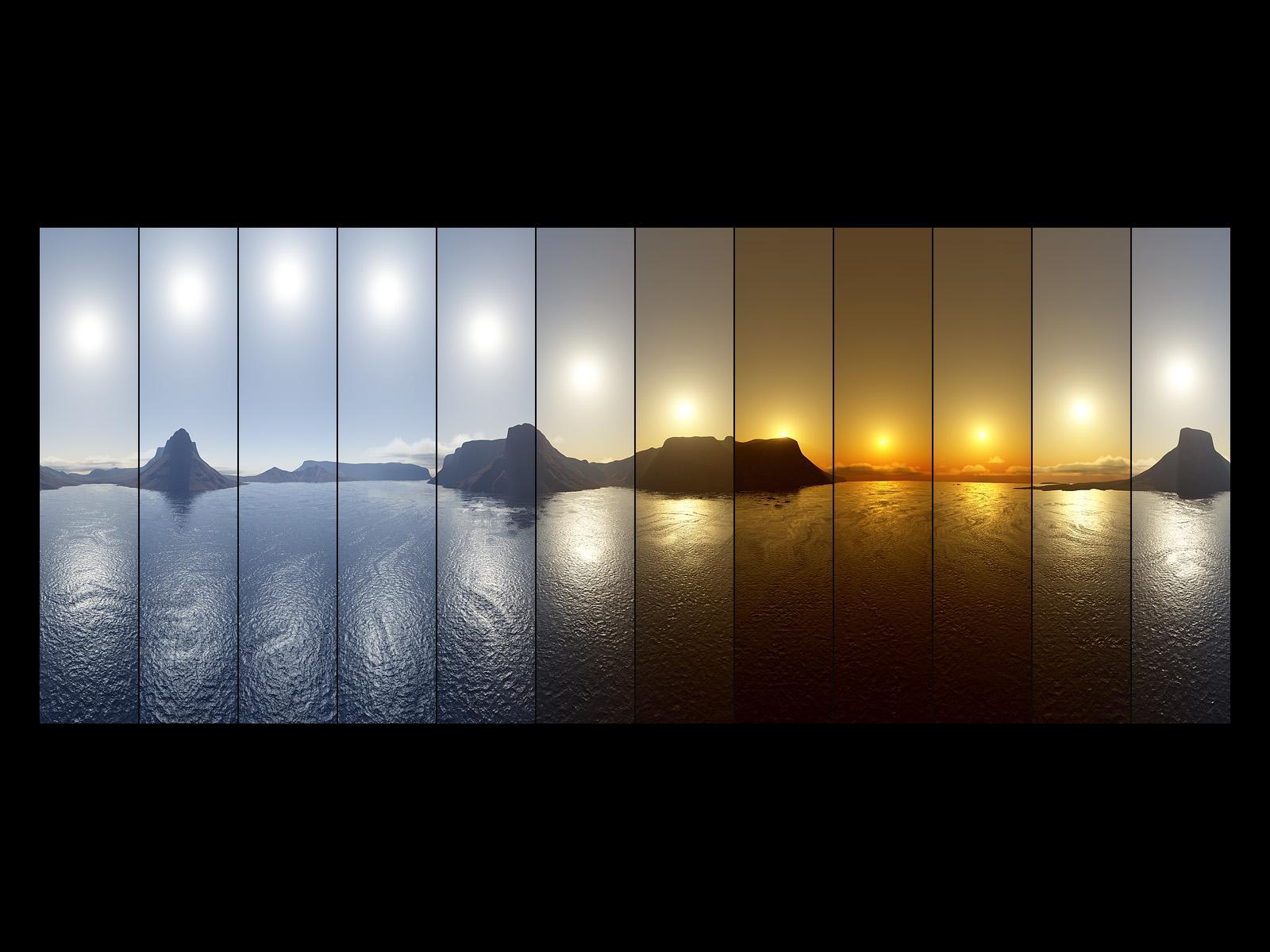When taking pictures, being able to determine the intensity, colour and direction of light will help you to know how to position your subject and which camera setting to use.
Intensity of the light
The intensity of light is a measure of its harshness or brightness and determines how much light is present in a scene. It can be referred to as the quantity of light. You can estimate how intense light is based on the balance between shadows and highlights. This distinction between highlight and shadow is called contrast. Light is mostly intense at noon when the sun is directly overhead; This means that the contrast is high. On the other hand, light and contrast are less intense early in the morning or evening. Direct intense light can be harsh. You often find these conditions on bright sunny days. Harsh light intensifies the contrast between light and shadows which can result in unflattering images. When using diffused less intense light, contrast is lower and the light is more flattering. When the sun is shining brightly overhead there are a few things you can do to diffuse the lighting:
- Find some cover as shade can be a great diffuser. Photograph your subject under the cover. When working in shade make sure the subject is evenly covered by the shade.
- If there is no shade in your area you can diffuse the light with a scrim. You place the scrim between your subject and the light source.
- Overcast days are good for natural light portrait photography because the cloud cover acts as a natural diffuser
- If you are taking images inside and are relying on a window as your light source, move your subject away from the window to lessen the intensity of the light
Direction of the light
Depending on the time of day, the direction of light changes due to the sun’s movement. Knowing where the light is coming will help you know where to position your subject to get the best images. Try positioning your subject with the sun behind them instead of having the sunlight shine directly into the face to light up their features. The backlight this provides will cast nice highlights around the hair.
Temperature of the light and white balance
Colour temperature is the various shades of colour that are produced by different light sources. It is measured on the kelvin scale, from the cooler blue tinged end of the spectrum to the warmer, reddish coloured end. Colour temperature changes throughout the day, depending on the time and the amount of cloud cover. At dawn the sky appears light blue, at sunset the sky appears orange, and at dusk the sky appears violet blue. Our eyes naturally adjust to changes in the colour of light to keep colours looking the same in various lighting situations. Since our cameras don’t do that white balance is important.

